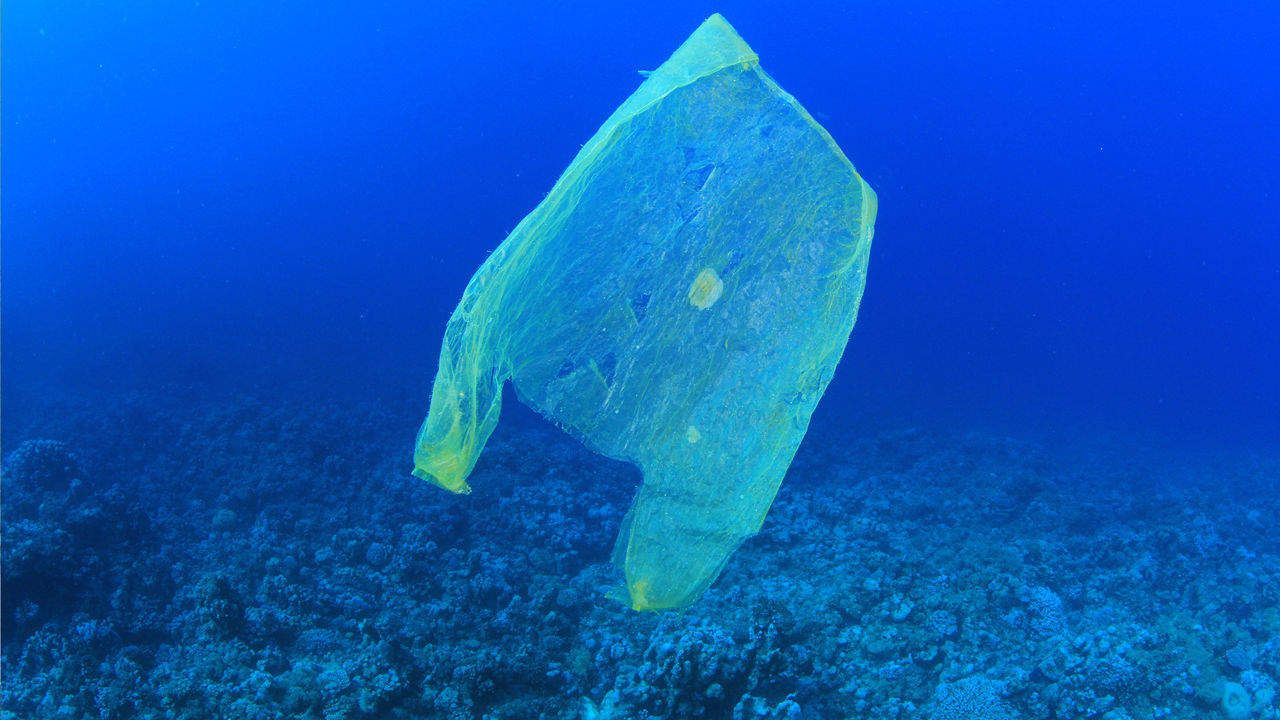The Ocean Cleanup’s revolutionary machine, which aims to collect some 1.8 trillion pieces of plastic trash, is ready to take its first voyage
05/24/2018 / By Edsel Cook

In Alameda, California, workers of the nonprofit group The Ocean Cleanup are assembling the components of a massive machine that will collect plastic trash from the ocean. An article on Fast Company states that the device will be towed to the Great Pacific Garbage Patch during the summer of 2018.
The revolutionary machine is the brainchild of Boyan Slat. He came up with the idea in 2012 after hearing it would take nearly 80,000 years to clean up 1.8 trillion pieces of ocean plastics.
Gathering plastic trash with nets was considered futile since there was so much of the garbage spread through the water. Furthermore, the plastics are always in motion due to the action of ocean currents. (Related: EU sets a 70 percent recycling target for waste by 2020, starts by designing a modified bacteria that lives off plastic.)
The 18 year-old Slat suggested working with the currents instead of against them. Setting up barrier in the water would speed up plastic collection, making it easy to pull them out of the water for recycling.
While experts scoffed at him, Slat dropped out of university and founded The Ocean Cleanup. The organization raised millions to create the technology for his plastic collector.
Ocean plastic collector is massive yet simple and won’t endanger marine life
The Ocean Cleanup said it will come back from the North Pacific Gyre by the end of 2018 with its first harvest of ocean plastics and concrete proof that its plastic collector works. The nonprofit expected its first unit will be able to harvest 5,000 kilograms each month.
A full fleet of such systems could collect 40,000 tons of plastic trash within five years. That’s half of the plastics found in the North Pacific Gyre.
The device is massive yet surprisingly simple. Each system will be made from large tubes of tough plastic. The tubes will float in water, can flex when hit by a wave, and are rigid enough to maintain a U-shape to catch floating ocean plastics.
Attached to the bottom of the tube is a tough nylon sheet. It will snag some of the submerged plastic without catching marine life like fish and sea turtles.
The barrier will be steadied by large anchors floating hundreds of feet underwater. The device will move slower than the plastic in the current, so the trash collected in front of it can be scooped up with ease.
The design underwent numerous changes and challenges. The prototype featured an anchor buried in the seabed, but that turned out to be too expensive and complicated. They switched to a floating anchor, which worked fine.
Plastic trash collector will soon sail for the Great Pacific Garbage Patch
The first segment of the device is as long as a football field. It will be towed out of the San Francisco Bay and pulled along the coast in order to test its sturdiness. It needs to withstand the three weeks of towing required to reach the Pacific Garbage Patch.
Upon passing the towing test, the segment will be returned to Alameda and connected with the other sections. The complete system will measure 2,000 feet (609 meters) long.
This assembly will be towed 200 miles offshore. There, it will undergo a final test to make sure every part is working properly.
Barring any technical complications, the towing ship and the ocean plastic collector will sail for the North Pacific Gyre. They are scheduled to reach it in August 2018.
Before the end of fall, The Ocean Cleanup will be returning with its first harvest of ocean plastics. This cargo of trash will be recycled into new plastic products.
Find out more about the efforts to clean up ocean pollution – such as plastic trash – at Pollution.news.
Sources include:
Tagged Under: Boyan Slat, Ecology, environment, Great Pacific Garbage Patch, microplastics, North Pacific Gyre, ocean cleanup, ocean ecosystem, ocean plastics, ocean pollutants, oceans and marine life, plastic collector, plastic trash, recycling
RECENT NEWS & ARTICLES
COPYRIGHT © 2017 ENVIRON NEWS




















